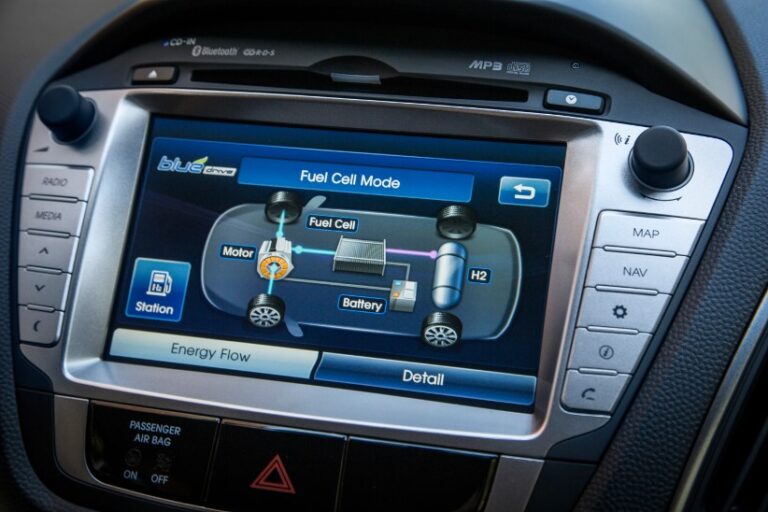This month the SA State Government released a Hydrogen Roadmap designed to accelerate investment in hydrogen infrastructure and technologies in South Australia.
The Roadmap outlines how South Australia’s world-leading renewable wind and solar assets can attract international investment in hydrogen production and accelerate South Australia’s transition to a zero carbon economy.
Developed in consultation with industry, the Roadmap will help drive local demand for hydrogen in the transport and energy sectors, target overseas export markets, and establish South Australia as a testbed for cutting-edge hydrogen technology.
In tandem with the release of the Roadmap the State Government will today:
- Call for hydrogen infrastructure proposals under the $150 million Renewable Technology Fund
- Call for tenders to supply at least six hydrogen cell buses for the Adelaide Metro fleet along with supporting production and refuelling infrastructure
- Release an interactive map to provide investors and project developers with a tool to identify sites that are suitable for hydrogen infrastructure within South Australia.
Currently there are no vehicles for sale in Australia that are powered by hydrogen but both Hyundai and Toyota have production vehicles that will be available in Australia soon. The first Hyundai fuel cell vehicles are due to arrive in 2018 as part of the fleet for the ACT Government Hornsdale Windfarm Stage 3 Project.
Hydrogen can be produced from renewable sources such as wind or solar through a process called electrolysis. Surplus electricity from renewable generators is used in an electrolyser to split clean water into hydrogen and oxygen. That hydrogen can then be used in a hydrogen fuel cell to power vehicles in South Australia, or exported around the world.
Japan and South Korea as hosts of the next summer and winter Olympic Games are among nations aiming to transition their economies to use hydrogen as an alternative zero-carbon emitting fuel source. South Australia’s world-leading use of renewables, established trade routes and reputation as a safe exporter of fuels makes it the perfect place to advance this emerging industry.
“Hydrogen offers an opportunity to create a new industry in South Australia where we can export our sun and wind resources to the world” said Mineral Resources and Energy Minister Tom Koutsantonis.
“Within two years, commuters in Adelaide will be able to ride on the first of a fleet of hydrogen-powered buses using locally-produced fuel. Within three years, South Australia will have the capacity to export its first hydrogen supplies produced using our renewable energy assets. Within a decade South Australian motorists should be able to drive from Ceduna to Mt Gambier in a hydrogen-fuelled vehicle topping up at a state-wide network of refuelling stations”.
Siemens Australia and NZ Chairman and CEO Jeff Connolly said, “The beauty of hydrogen is that it can be made using excess energy capacity driven by renewables and then used in a vast range of business applications. South Australia’s abundant renewable resources and renewable targets lends itself to hydrogen solutions”.
Toyota Senior Executive and Director of Hydrogen Mobility Australia Bernie O’Connor agreed saying, “With Australia’s abundance of sun, wind and hydro we are ideally placed to transition away from a reliance on finite fossil fuels to renewable energy”.
“Hydrogen will play a key role as a source for stationary, distributed and transportation power generation. Our long-term vision is a future hydrogen economy and society built upon clean and renewable energy technologies”.







